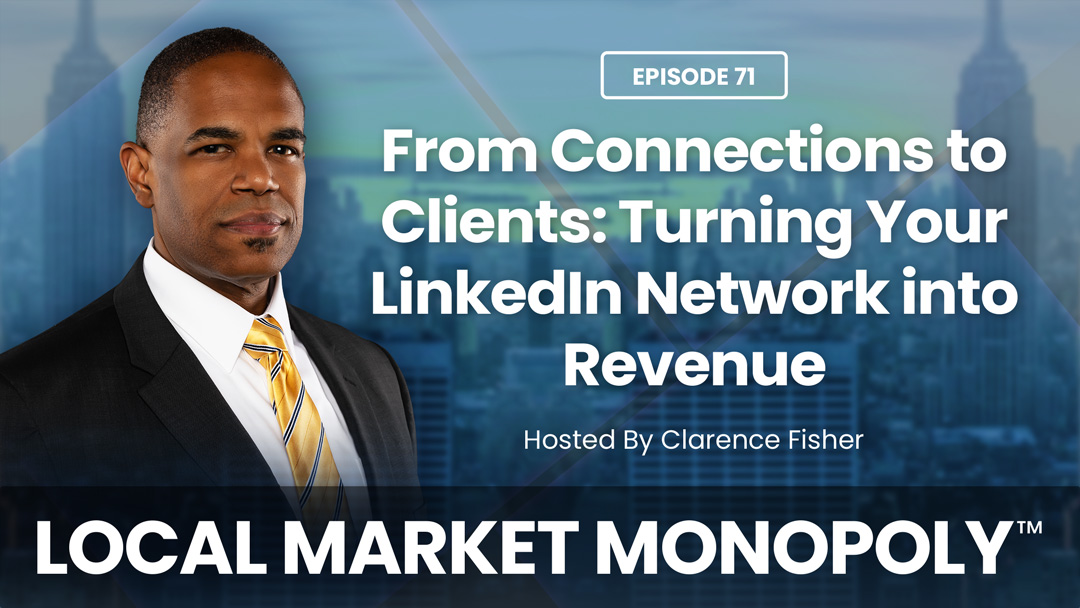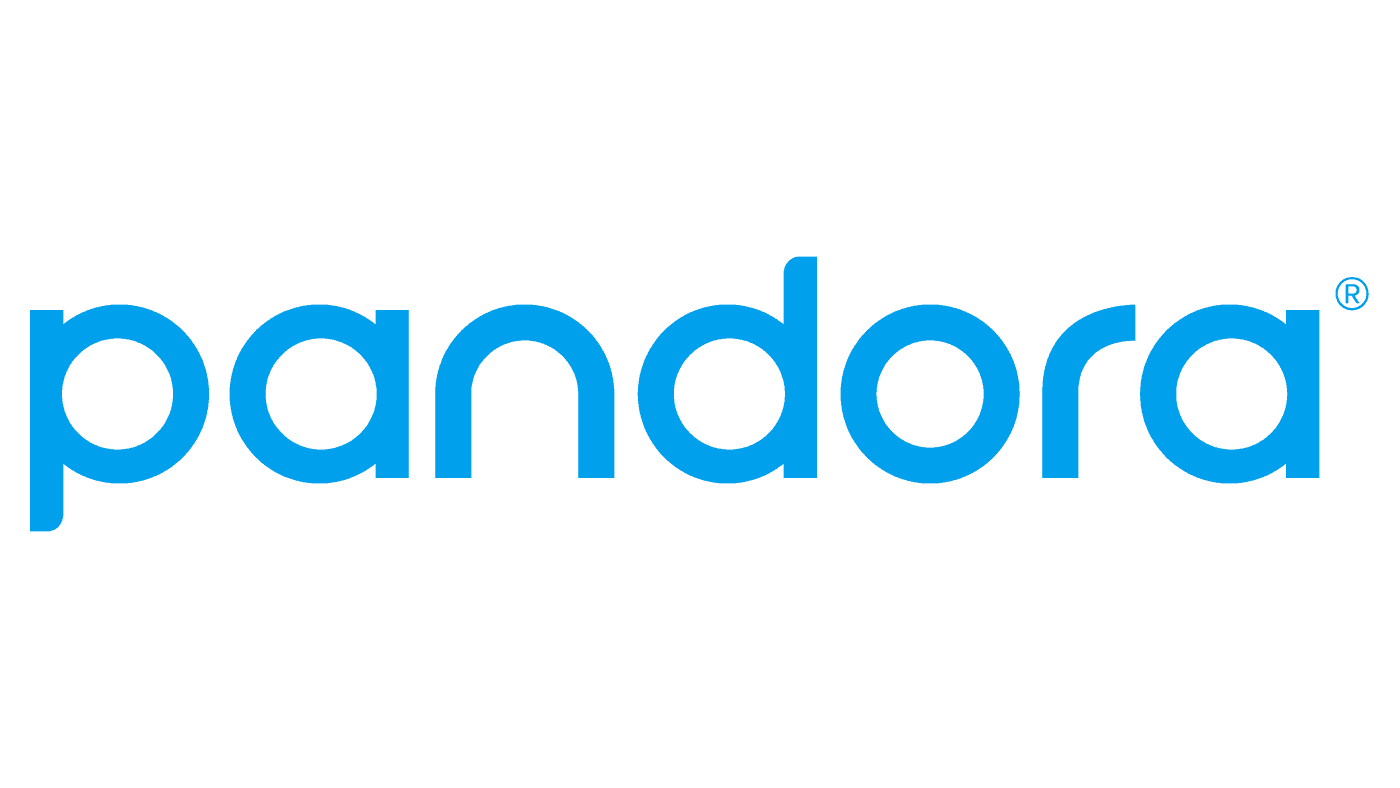In this episode, we'll dive deep into how you can use LinkedIn network to build your influence and authority in your industry and turn your connections into paying clients.
I'll share practical tips on how to build a strong network, engage with your connections, and turn those relationships into revenue. Whether you're a business owner or a marketer, you'll gain valuable insights on how to harness the power of LinkedIn to grow your business.
Listen now to learn how you can turn your LinkedIn connections into paying clients and take your business to the next level.










